If words like “lice,” “fleas,” or “mites” make you feel itchy, you’re not alone. These tiny bugs can make anyone uneasy. But did you know chickens can get their own kind of lice or mites too?
Chickens getting lice can be a big headache because it’s hard to get rid of. Even if you get new chickens from a trusted place, it’s always smart to check them over before mixing them with your other birds.
Today, we’re going to talk about the several kinds of chicken lice and mites and what signs to watch for in your chickens.
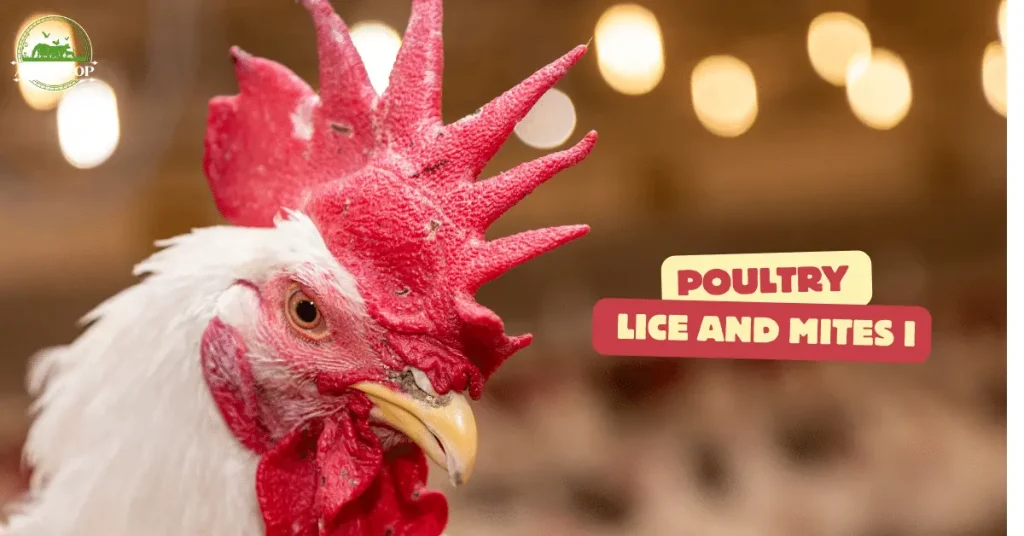
What Are Lice And Mites in Chickens?
Do you know that mites and lice are bugs that live off other animals, including chickens? You can spot poultry lice by their yellowish bodies, round shape, and six little legs.
They generally stay closer to a chicken’s feathers, near their back end. Chicken mites, though, start out light-colored but go red after they eat. Some mites are super small and hard to see, making it important to watch for signs and try to stop them before they start.
| Symptoms | Causes | Treatment |
|---|---|---|
| Over-preening or excessive cleaning | Poultry lice feeding on dead skin | Ivermectin drops applied directly, repeat after 2 weeks |
| Loss of feathers | Chicken mites suck blood | Dust with Chicken Vet mite and louse powder, repeat weekly |
| Reduction in egg production | Infestation in less feathered areas | Clean the coop regularly, especially in warm months |
| Pale wattles and combs | Night-time feeding by certain mites | Natural Coop Mite Spray or DIY mix of dish soap, water, and oil |
| Unhappy or lethargic behavior | Stress and discomfort from infestation | Food-grade Diatomaceous Earth or garlic juice in the diet |
Also Read: How To Identify And Treat Scaly Leg Mites
Most Common Types of Chicken Mites
Thinking there’s just one kind of mite for your birds? Sadly, that’s not the case. There are different types of chicken lice out there that might bug your flock. Here are a few common ones:
- Northern Fowl Mites: These are the most common mites on birds and are hard to spot early on. If you find white egg clusters on the feather shafts, those are Northern Fowl Mites.
- Red Roost Mites: Similar to Northern Fowl Mites, but these bugs don’t live on the birds all the time. They come out to eat at night.
- Scaly Leg Mites: If your chicken’s feet look crusty or scaly, it might be Scaly Leg Mites. These tiny mites hide under the chicken’s foot scales, digging tunnels and leaving behind waste that causes the problem.
Even though there are lots of these pests, they won’t infest humans. Chicken mites might bite you if you’re handling infested chickens, but they won’t stick around on you.
Most Common Types of Chicken Lice
It might be a bit tricky, but yes, chicken mites and chicken lice could be a little different. Either way, they’re both annoying bugs for your chickens. Let’s look at a couple of common chicken lice:
- Body Lice: Like mites, you find these by parting the chicken’s feathers and looking for egg groups at the base. They hang out in places with fewer feathers, like around the chicken’s bottom, chest, and legs.
- Shaft Lice: A bit tinier than body lice, shaft lice stick their eggs along the feather’s stem. Even though they’re small, you’ll spot them when you check your chickens.
If you’re not quite sure about the difference between chicken mites and lice, no worries, they both can be treated the same way (more on that soon). Chicken lice feed on your birds’ dead skin, while chicken mites suck their blood.
Signs & Symptoms of Lice or Mites
It might seem clear, but one big hint that your chickens have lice or mites is if they’re cleaning themselves a lot. These bugs make us itch, so you can guess how the chickens feel! If your chickens are picking at their feathers more than usual, it’s a good idea to take a closer look.
When you check your chickens, move their feathers aside and look for the bugs and egg groups we talked about before. If you’ve ever seen lice on people or fleas on pets, chicken mites look pretty much the same.
If you can’t see any bugs or eggs yet, it might be too early. Some other early signs to watch for are losing feathers, laying fewer eggs, pale face and head parts (because of blood loss making them weak), or just chickens that seem really down.
It’s important to deal with chicken mites or lice. If you don’t, your chickens could get really stressed, weak from losing blood, have trouble walking, or even die.
Don’t Miss: How Cold Can Chickens Tolerate?
How to Prevent Mites and Lice?
Preventing chicken mites and lice is key, but once they’ve invaded, it’s crucial to treat your birds without making things worse. A lot of treatments use strong chemicals that aren’t great for you, the chickens, or nature.
At Freedom Ranger Hatchery, we’re all about keeping things traditional and eco-friendly. We want our chickens and yours to stay healthy and natural, so here are some nature-friendly ways to fight chicken mites.
Dust Baths
Chickens love dust baths and they naturally help keep bugs away. Making a dust bath spot in your yard is a good move. To boost its bug-fighting power, add some wood ash or food-grade diatomaceous earth to the dust. Both are safe and effective.
Diatomaceous Earth
This is a natural rock that turns into a white powder. It’s not as scary as it sounds. Sprinkle it in the dust bath area or directly on your chickens. Just make sure it’s food-grade and try not to breathe it in. Also, keep it out of your chickens’ eyes. If you’re worried about it, wood ash works well too.
Keep the Coop Clean
Getting lice or mites isn’t a sign your chickens are dirty, but keeping their home clean is still smart. This is especially true when it’s warm out, as mites and lice love the heat. Regularly cleaning out their bedding and hangout spots can help.
Coop Mite Spray
You can find sprays made for fighting coop mites that use safe, natural ingredients. It’s a good extra step to take along with other preventive measures. If you need to make your own quickly, mix water, dish soap, and oil. There are lots of DIY recipes online. This spray works by choking out the pests.
Garlic Juice
While garlic isn’t a cure-all, it’s pretty handy against chicken mites and lice. Adding garlic or garlic juice to your chickens’ food can help because the pests don’t like the taste of the chicken’s blood.
You can also mix garlic juice, water, and essential oil (like lavender) and spray it on your chickens and around their coop.
Explore: How To Help An Egg-Bound Chicken?
Final Thoughts
Keeping your chickens safe and healthy means being careful and taking steps like the ones we’ve talked about to stop mites or lice from bothering them.
But one of the smartest moves is to always buy any new chickens from a trusted breeder. Even though bugs can show up no matter what, if you get your chickens from a reliable place like Freedom Ranger, you can be sure you’re getting healthy and happy birds.

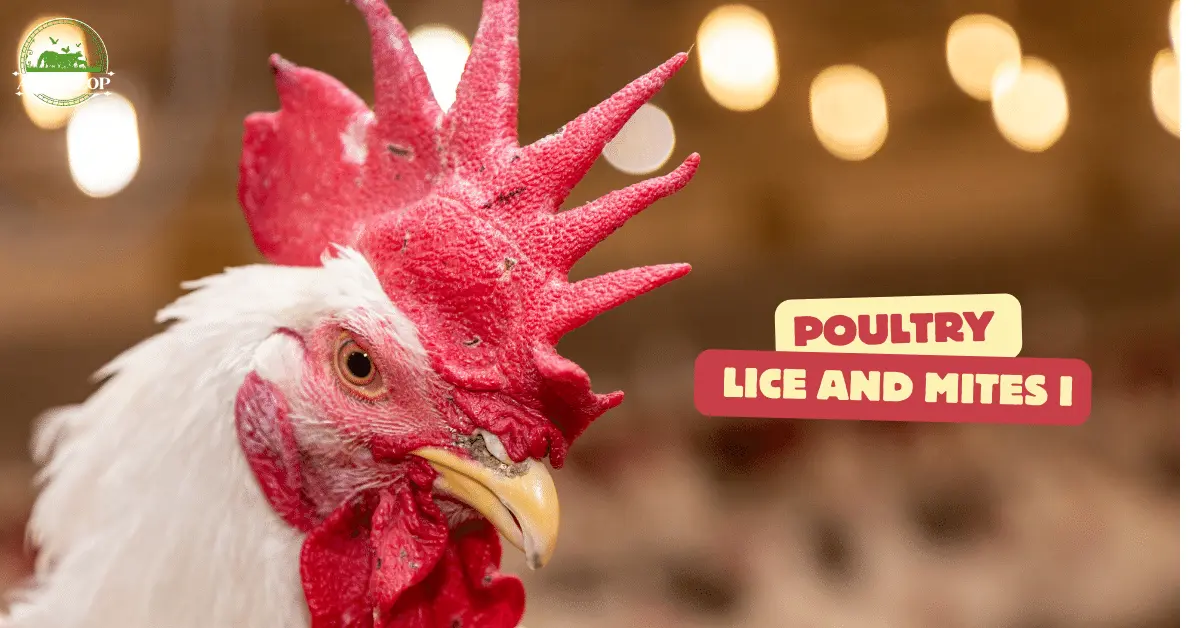
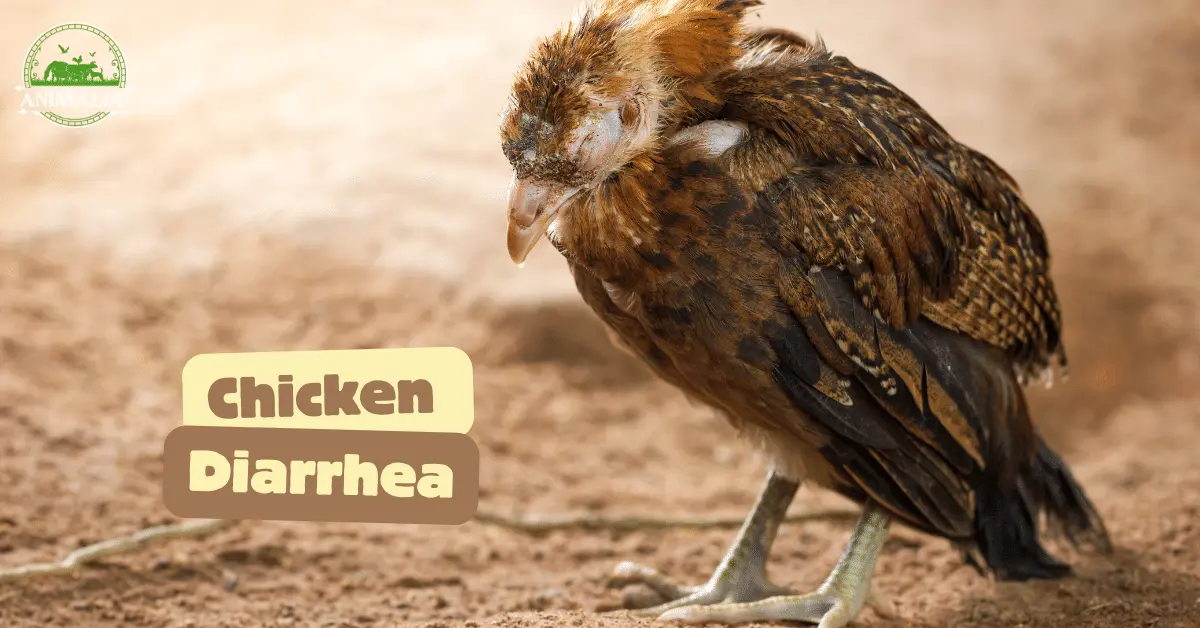
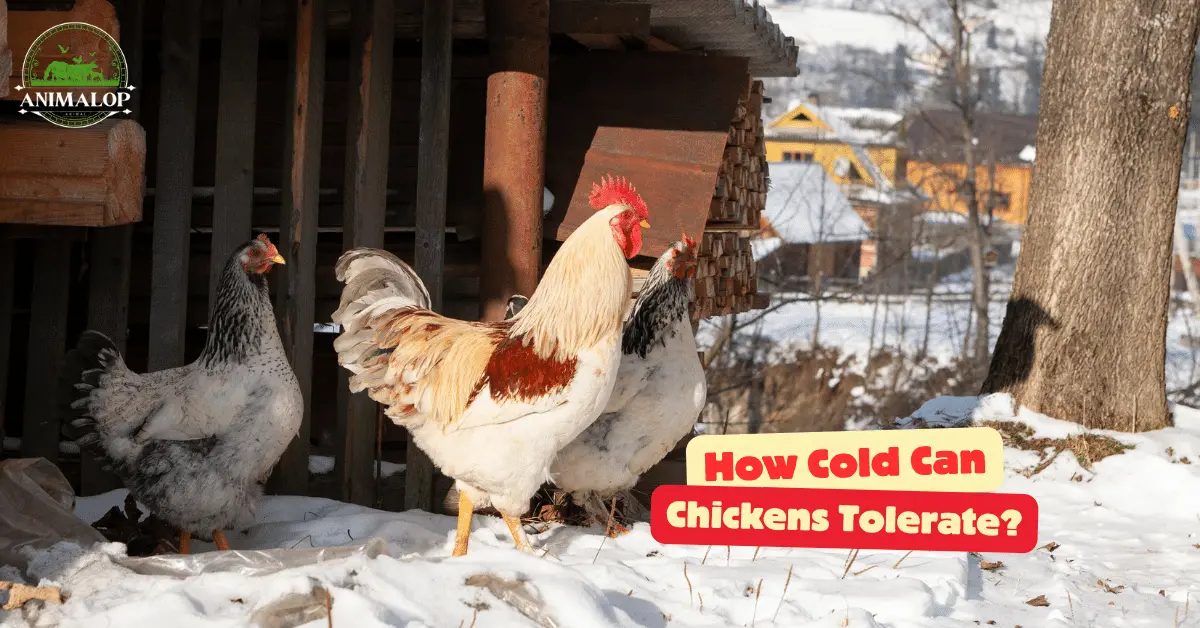
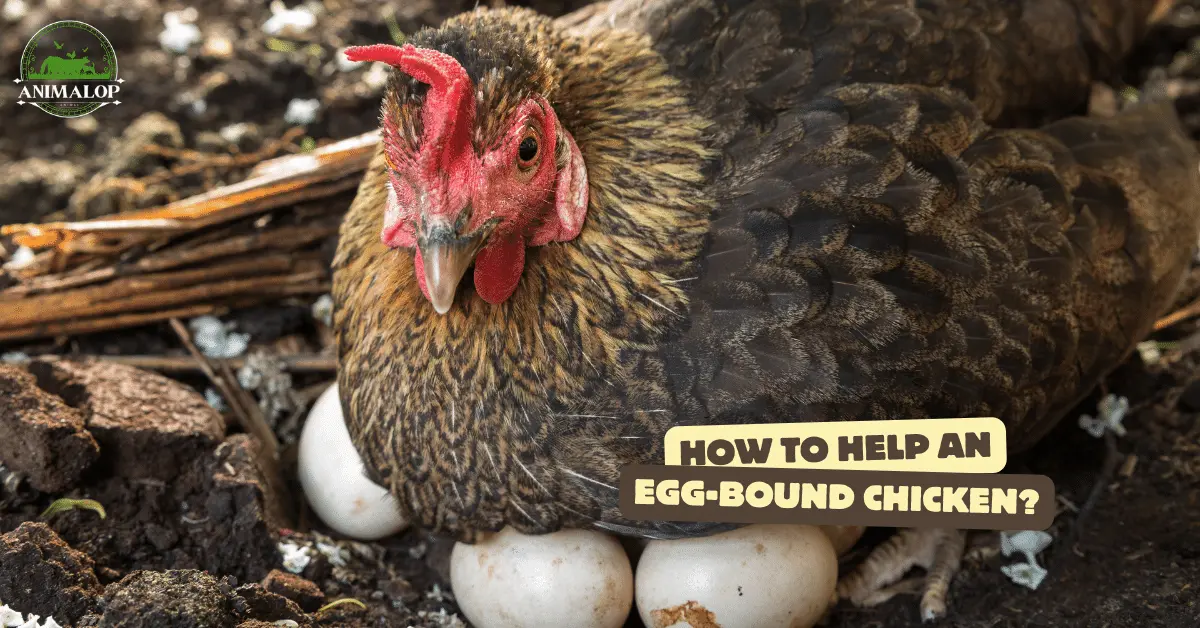
One Comment on “Poultry Lice and Mites Identification and Treatment”